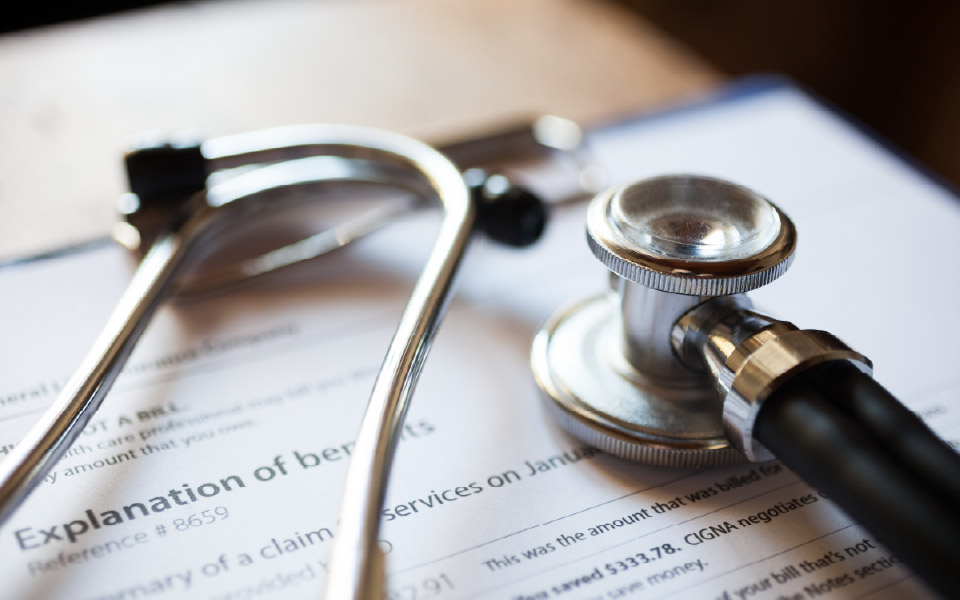Issue
A well-established private equity firm’s healthcare platform was experiencing rapid inorganic growth as a result of seven add-on acquisitions, leaving them with 13 health insurance plans and 25 ancillary plans. Recognizing the inefficiencies associated with maintaining nearly 40 plans, the firm worked with CBIZ to consolidate, reduce costs, and enhance overall plan performance.
Solution
- Our team utilized a national program analysis to identify opportunities for health plan improvements and determine how best to serve each of the portfolio companies equally.
- This analysis enabled us to consolidate the firm’s 13 health plans down to 4 and the 25 ancillary plans down to 5.
- Our national program analysis also identified an opportunity to increase efficiency through the implementation of a company-wide HRIS system.
Outcome
- As a result of the plan consolidation, the client has secured more than $500k in annual premium savings.
- The company-wide HRIS system significantly enhanced the efficiency of the firm’s health plans, creating a streamlined experience for both the portfolio companies and their plan members.
- All employee contribution rates were either maintained or reduced while their existing benefits were either maintained or improved.
| Company Information | |
|---|---|
| Industry | Private Equity |
| Geographic Footprint | California, Kentucky, Minnesota, New Jersey & North Carolina |
| Number of Employees | 500 |
| Ownership Structure | Sponsor-Backed |
© Copyright CBIZ, Inc. All rights reserved. Use of the material contained herein without the express written consent of the firms is prohibited by law. This publication is distributed with the understanding that CBIZ is not rendering legal, accounting or other professional advice. The reader is advised to contact a tax professional prior to taking any action based upon this information. CBIZ assumes no liability whatsoever in connection with the use of this information and assumes no obligation to inform the reader of any changes in tax laws or other factors that could affect the information contained herein. Material contained in this publication is informational and promotional in nature and not intended to be specific financial, tax or consulting advice. Readers are advised to seek professional consultation regarding circumstances affecting their organization.
“CBIZ” is the brand name under which CBIZ CPAs P.C. and CBIZ, Inc. and its subsidiaries, including CBIZ Advisors, LLC, provide professional services. CBIZ CPAs P.C. and CBIZ, Inc. (and its subsidiaries) practice as an alternative practice structure in accordance with the AICPA Code of Professional Conduct and applicable law, regulations, and professional standards. CBIZ CPAs P.C. is a licensed independent CPA firm that provides attest services to its clients. CBIZ, Inc. and its subsidiary entities provide tax, advisory, and consulting services to their clients. CBIZ, Inc. and its subsidiary entities are not licensed CPA firms and, therefore, cannot provide attest services.















